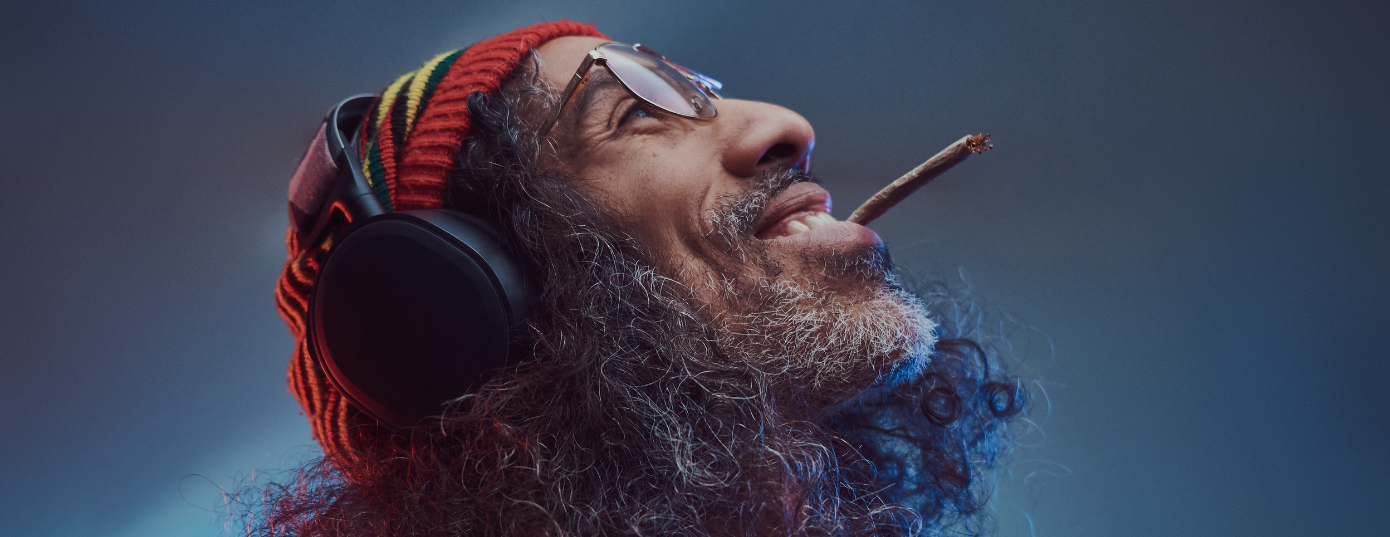The Connection Of Jazz And Rap Music With Marijuana
Vulgar prejudices
Marijuana has always been used as the common enemy to criminalize and justify personal interests. It has been demonized throughout history; stigmas have always been attached to it for the benefit of some.
Psychedelics, in general, first threatened the religious and amendment industry of the Spanish and Portuguese colonizers in the New World. Psychedelics were used in religious ceremonies and were related to spiritualism and mysticism. Those are heretical practices for the Catholic Church.
While the English in their first North American colonies produced important quantities of hemp, almost on a par with tobacco. Without knowing that, it would become a condemned and very controversial practice within a few hundred years.
It was 1930, and the pharmaceutical, paper, and oil industries were threatened by the simplicity and magnanimity of a plant. Marijuana and its functionality became such a considerable threat that a media and social war was waged against it.
Harry J. Anslinger led the Federal Bureau of Narcotics to criminalize the use of marijuana. Soon he met the father of the tabloid press, William Randolph Hearst, political magnate and owner of 28 national newspapers, magazines, and radio stations.
Soon marijuana was related to the most discriminated population sector, immigrants, minorities, and African-Americans. Let's remember that the 20s were racist and ideologically retrograde, and superstitious times. The media defamed African-Americans and Mexicans by saying that by smoking marijuana, they acquired the strength to attack white American citizens. They claimed that if a white woman smoked marijuana, it would increase her desire to have sex with African Americans and Latinos.
Some African American practices and cultures, such as jazz, were so desperately tried to disappear to avoid giving people an identity or hope. Making the prohibition arouse even more curiosity. The American counterculture was built on cannabis culture and new musical styles. More than 100 years later, the same thing happened; new musical styles related to marijuana and social struggles revolutionized the identity of a sector of the population. It is judged, tried to silence, and condemned as dangerous, precarious, and evil practices. The new Louis Armstrong would be Dr.dre or Eazy-E.
"Marijuana leads to satanic music, jazz" Harry Anslinger
"Marijuana leads to devil music, rap, pop, etc." Average Boomer
"I'm the king of it all, gotta get high before I sing.
The sky is rising, everybody on high.
If you're a viper..."
Viper's drag (1934), by Fats Waller
Undoubtedly, the history of jazz and marijuana have been intimately related to each other. In the early 20th-century, African-American jazz musicians performed in New Orleans brothels. They smoke “gage,” “tea, muggles,” “muta,” “Mary Jane” and start calling themselves "vipers." A nickname that comes from the hissing sound produced when taking a quick puff of a "reefer" (joint).
Louis Armstrong was a proud viper from his early days in New Orleans.
"First of all, it's a thousand times better than whiskey...It's a helper, a friend, good cheap booze if you want to call it that...Good for asthma relaxes you. We've always considered weed as a kind of medicine, a cheap booze that gives you a lot better ideas than when you're drunk on liquor" Louis Armstrong.
Along with jazz, the use of marijuana spread to the big cities. In the '30s, alcohol was prohibited, and the tea pads (houses where marijuana was sold) grew rapidly.
How much did marijuana influence the world of jazz? The profound influence of the rise of cannabis on the development of jazz is a clear example. Above all, experimental because it reached levels of musical and creative awareness never seen before: Jazz. Marijuana served as a conduit for creativity, musical production, and interpretation.
Marijuana not only affected individual performers but was also implicated in the new lifestyle of a rebellious subculture of which jazz was the main expression. Hence, its strong link to the criminalization and repression of jazz and marijuana.
Louis Armstrong, the most important referent of jazz culture, was even arrested for smoking marijuana in a public parking lot in Los Angeles. It seems that times have not changed much? Today jazz seems to be a very sophisticated genre, however, in its time it was the equivalent of NWA or any idealistic activist rebel style.
The musician Cab Calloway, referred to himself in his songs as the "reefer man".
Cypress Hill has a song with the same title as Cab Calloway.
The Compton-based group NWA released "dope man" in 1987 with the same modern meaning as "reefer man".
The message and lifestyle is very similar. The African American community took something that they were stigmatized and judged with and that they had created, jazz or rap. And eventually transformed it into art, means of expression, and a symbol of freedom and stigma breaking.
A 100 percent African-American culture
Breaking barriers during the Jim Crow era, Armstrong strongly influenced popular culture for decades to come. While politicians demonized marijuana and jazz, which they called satanic.
Historically, African-American activists have been at the forefront of cannabis culture and the marijuana revolution. This has been demonstrated by Louis Armstrong and other jazz vipers.
Today, marijuana figures such as Snoop Dogg, Wiz Khalifa, Whoopi Goldber and others are still going strong. Who work to empower their communities through marijuana entrepreneurship.
Hope Wiseman the youngest African American dispensary owner continues to be a trend setter. As do Dasheeda "The WeedHead" Dawson and Mary Pryor, two prominent cannabis entrepreneurs and advocates. Pryor, who created the education firm Cannaclusive along with two other women hope to address the lack of diversity within the burgeoning industry.
Marijuana is a gift. However, it has been used as a weapon against black and Latino communities. It has been used as a method of criminalization for a long time. Today cultural appropriation is the problem, because those who fought and created something incredible out of something horrible were the marginalized and oppressed communities.
Author: Pipo
NATALIE OGANESYAN. (2020). To Be Blunt: Cannabis is an integral part of jazz history in America. May 2022, from Daily Trojan. Website: https://dailytrojan.com/2020/02/07/to-be-blunt-cannabis-is-an-integral-part-of-jazz-history-in-america/


0 comments